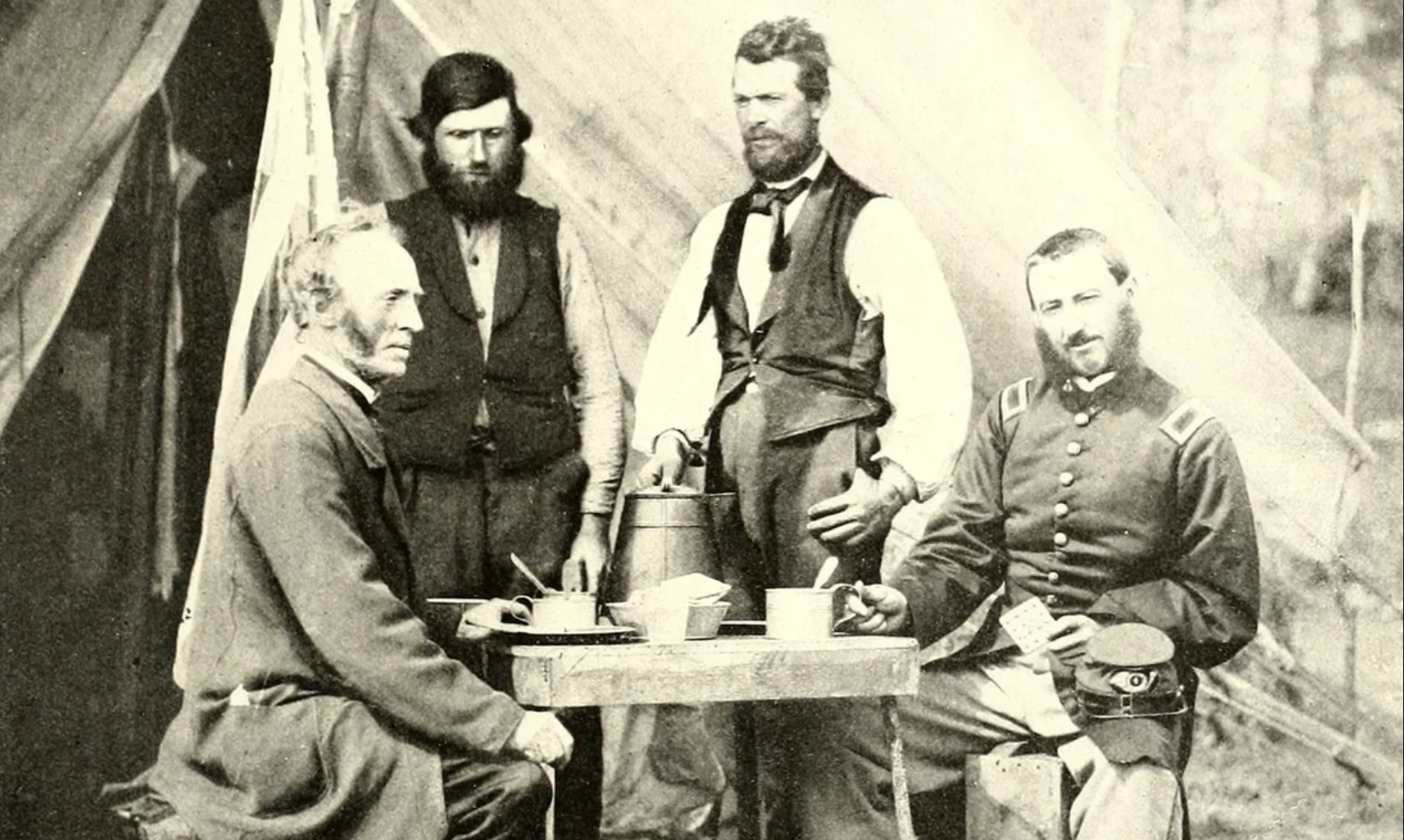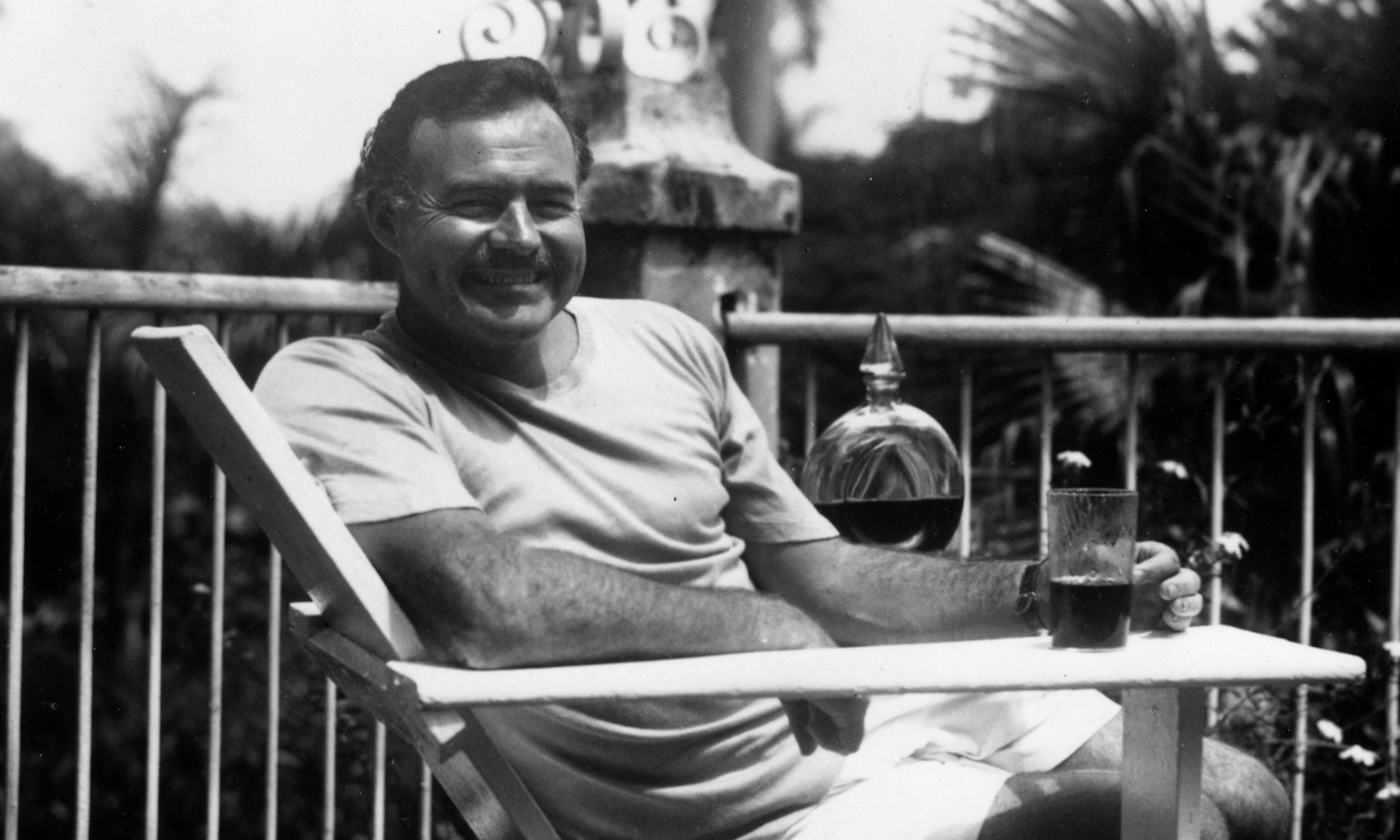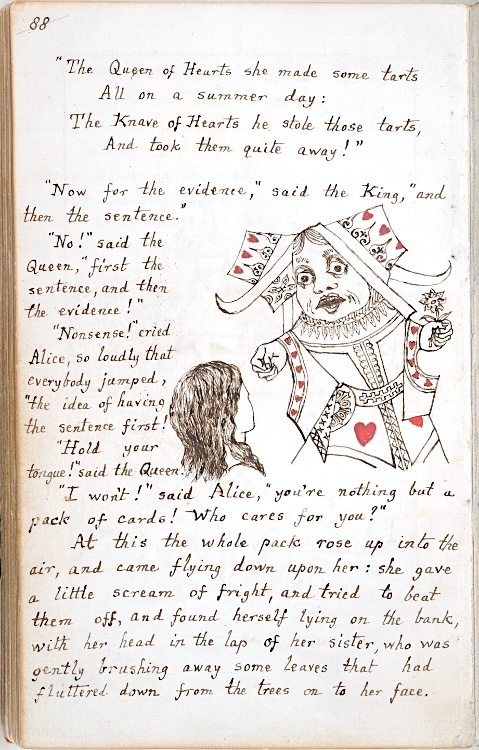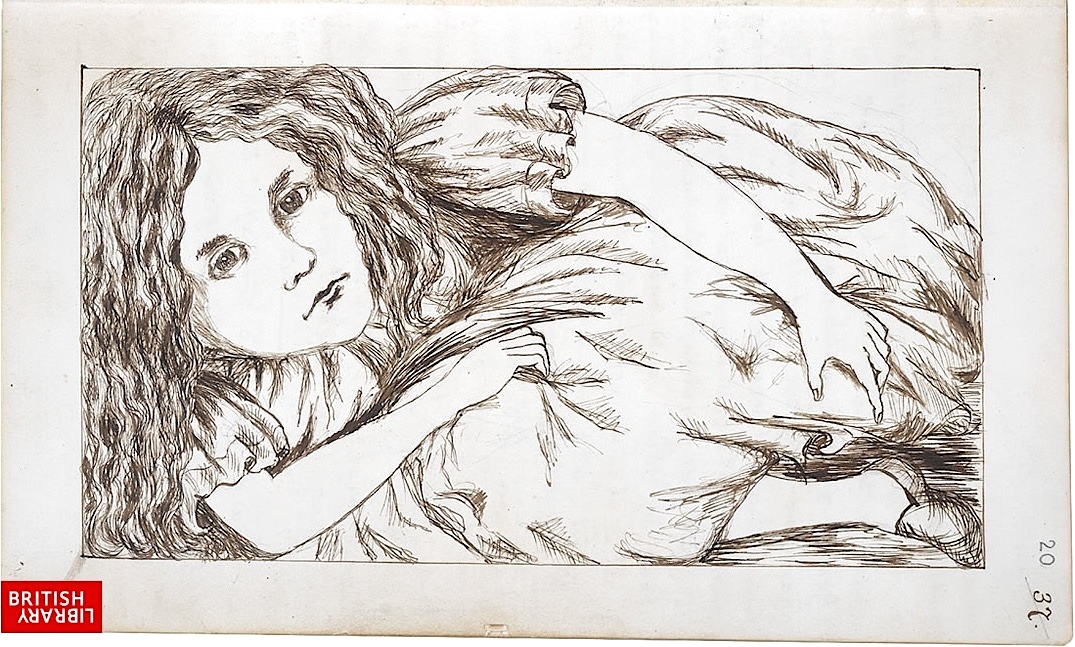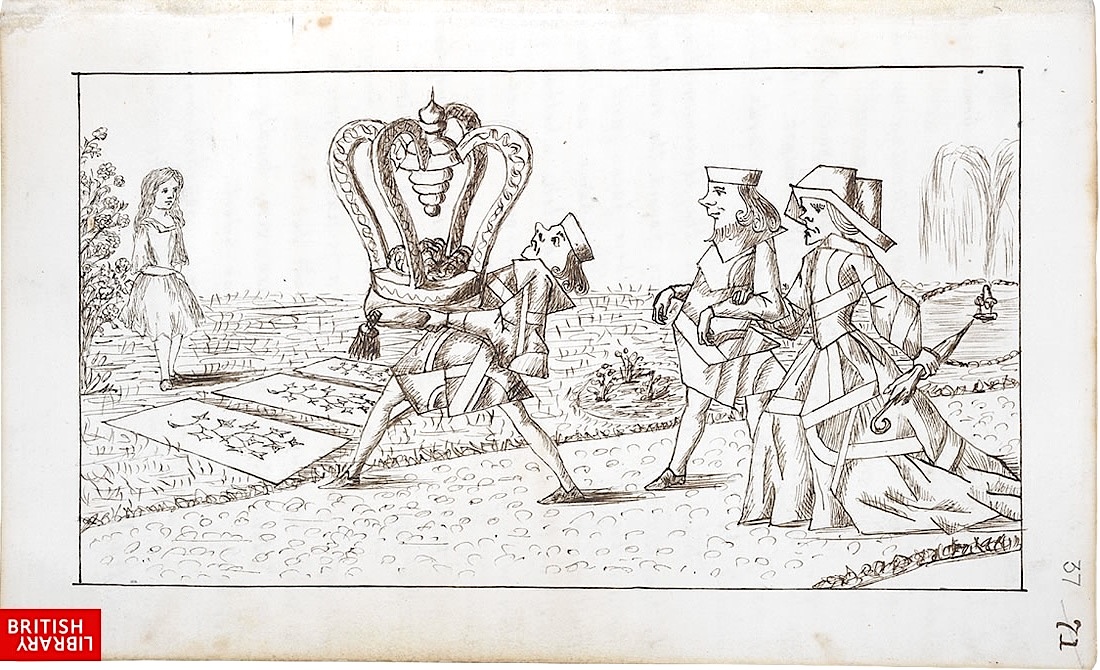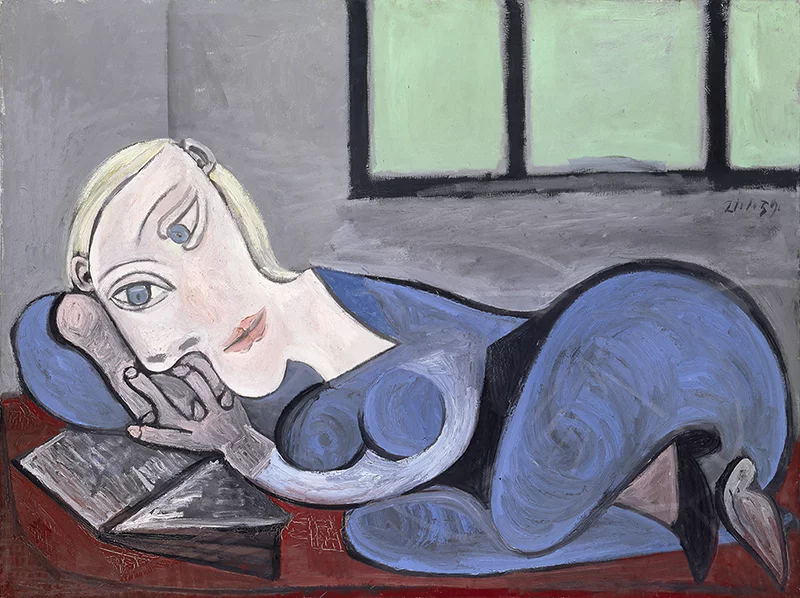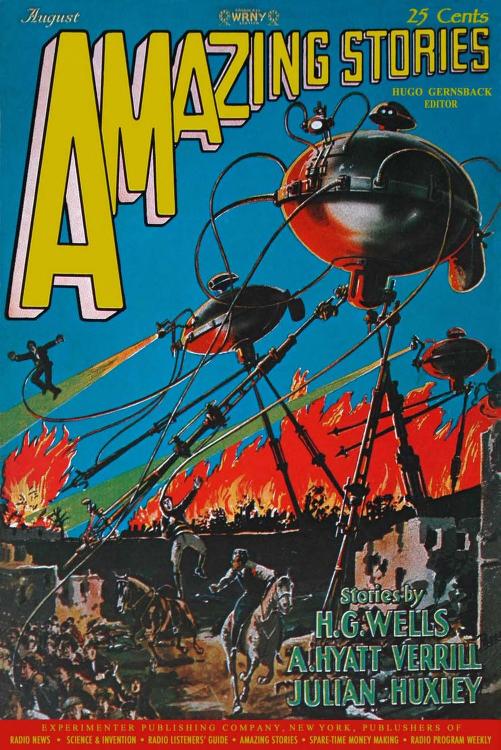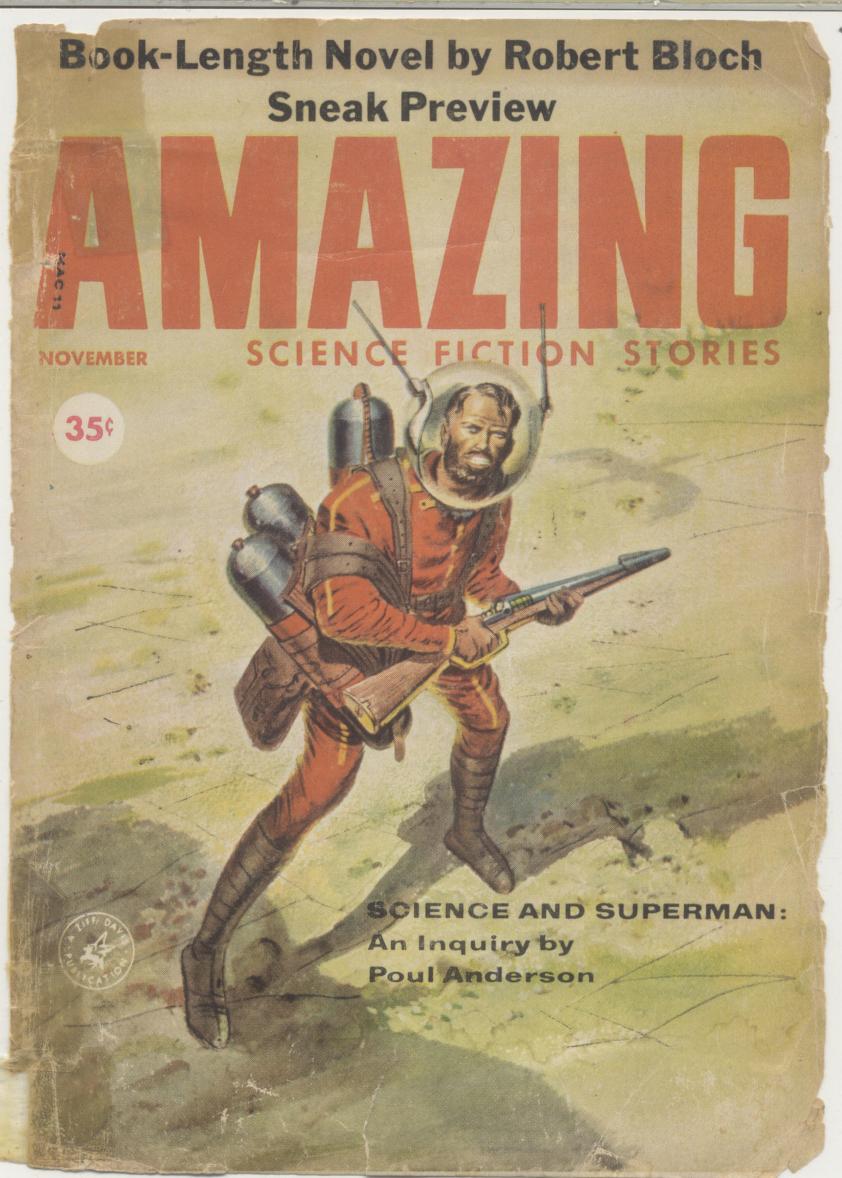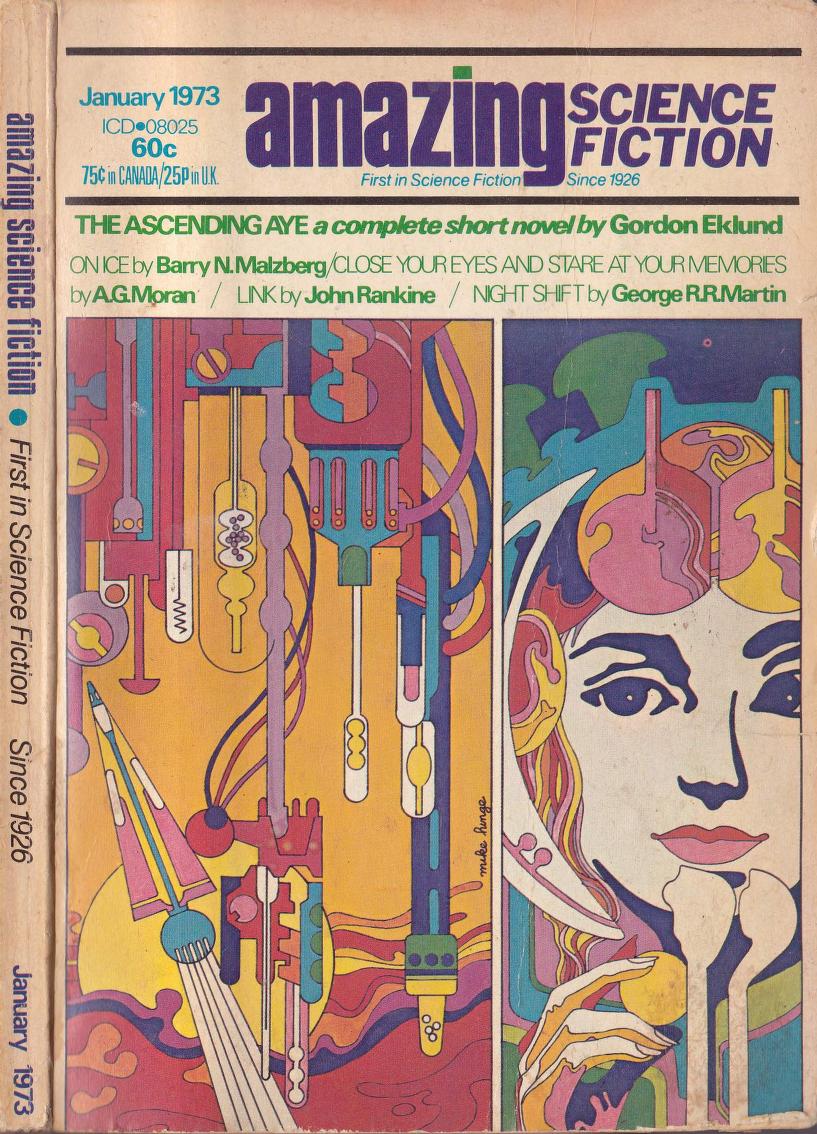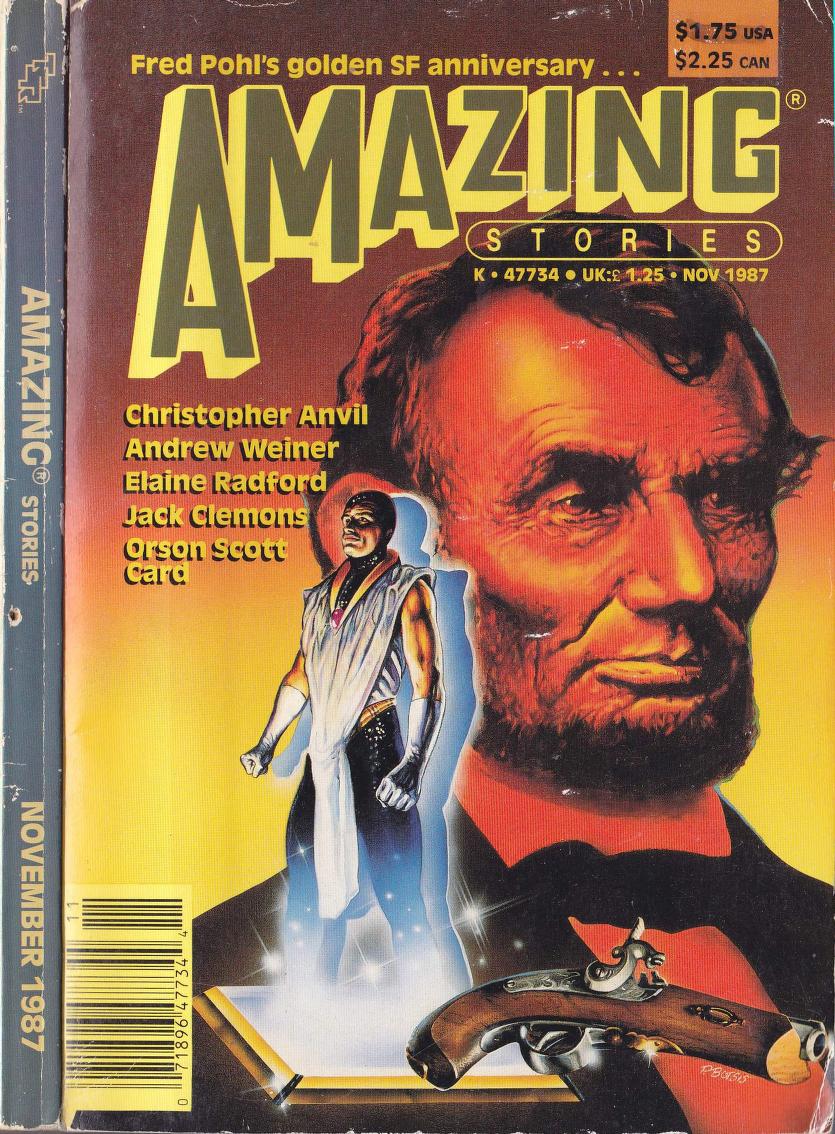
If you’ve lived or traveled in Japan, you know full well how much of daily life in that cash-intensive society involves the use of thousand-yen bills. Once considered the equivalent of the American ten-spot, the yen’s lately having fallen to its lowest value in decades means that it’s now worth closer to six U.S. dollars. This is good news for tourists, and especially so for tourists who appreciate the woodblock-print art of Hokusai, whose famous Great Wave off Kanagawa adorns the brand new ¥1000 banknote. Issued just yesterday by the Bank of Japan, it also bears the image of bacteriologist Kitasato Shibasaburō, who co-discovered the infectious agent of a bubonic plague outbreak in 1894.
The last revision of the ¥1000, twenty years ago, also featured a bacteriologist: Noguchi Hideyo, who identified syphilis as the cause of progressive paralytic disease. Before Noguchi, it bore the image of Natsume Sōseki, one of the most celebrated writers in the history of Japanese letters.
The Bank of Japan tends to roll out banknote designs for each official era, which begins whenever a new emperor ascends to the throne; the current one began in May of 2019, after Emperor Akihito stepped down and his son Naruhito stepped up. Other historical figures pictured on the currency of this Reiwa era, as it’s called, include Tsuda University founder Tsuda Umeko and “father of Japanese capitalism” Shibusawa Eiichi.”
A not just respected but popular and commercially successful artist, Hokusai knew a thing or two about capitalism himself. Yet he also had an uncommon eye for the beauty of Japan, his distinctive perceptions of which have been highly influential in both Eastern and Western art for nearly two centuries now. Japanese banknotes have previously featured images of Mount Fuji, Ogata Kōrin’s six-panel painting of irises, and a scene from the Tale of Genji. But this is the first time any has drawn from ukiyo‑e, the “pictures of the floating world” of which Hokusai was one of several masters who worked from the seventeenth through the nineteenth century. A Great Wave bill is something to celebrate, but given that today happens to be the Fourth of July, let it be said that the pyramid with the eye is also pretty cool.
Related content:
An Introduction to Hokusai’s Great Wave, One of the Most Recognizable Artworks in the World
The Evolution of Hokusai’s Great Wave: A Study of 113 Known Copies of the Iconic Woodblock Print
Watch Hokusai’s The Great Wave off Kanagawa Get Entirely Recreated with 50,000 LEGO Bricks
Hokusai’s Action-Packed Illustrations of Japanese & Chinese Warriors (1836)
Alan Turing Will Be Featured on England’s New £50 Banknote
‘Pride and Prejudice’ Author Jane Austen Will Appear on the £10 Note
Based in Seoul, Colin Marshall writes and broadcasts on cities, language, and culture. His projects include the Substack newsletter Books on Cities and the book The Stateless City: a Walk through 21st-Century Los Angeles. Follow him on Twitter at @colinmarshall or on Facebook.
